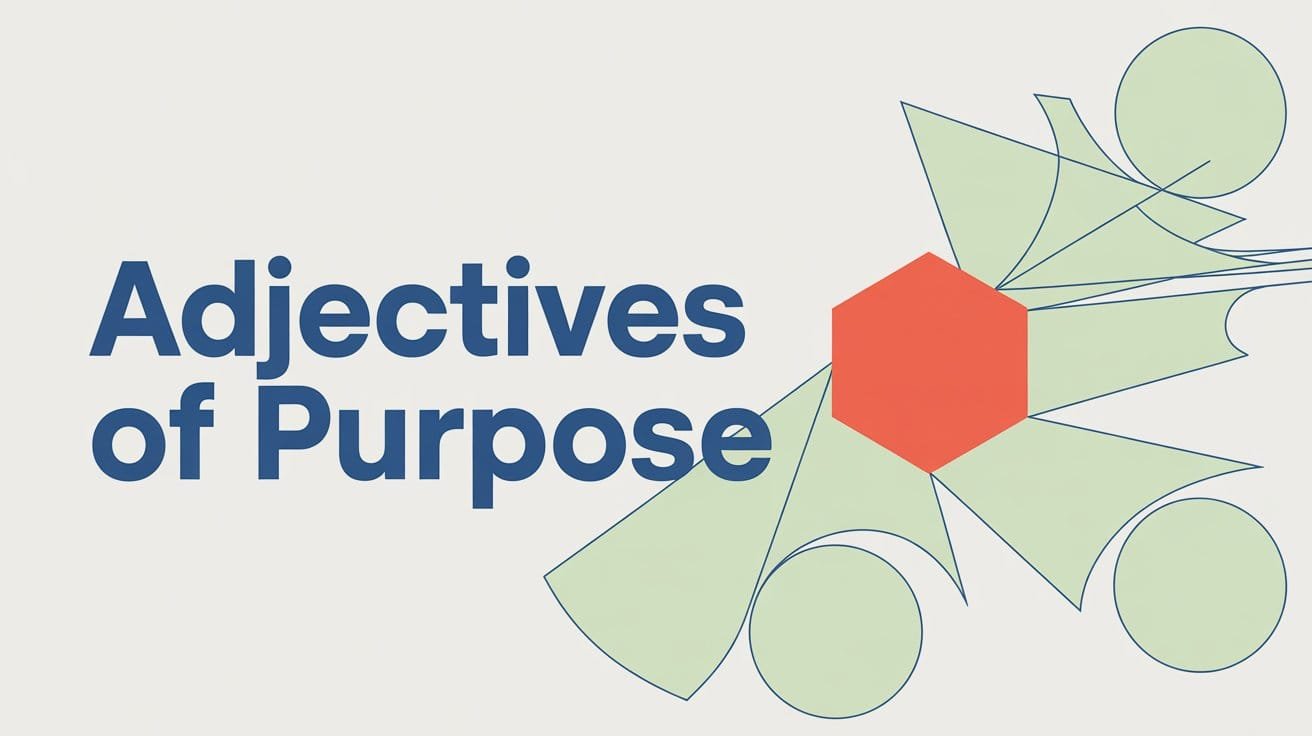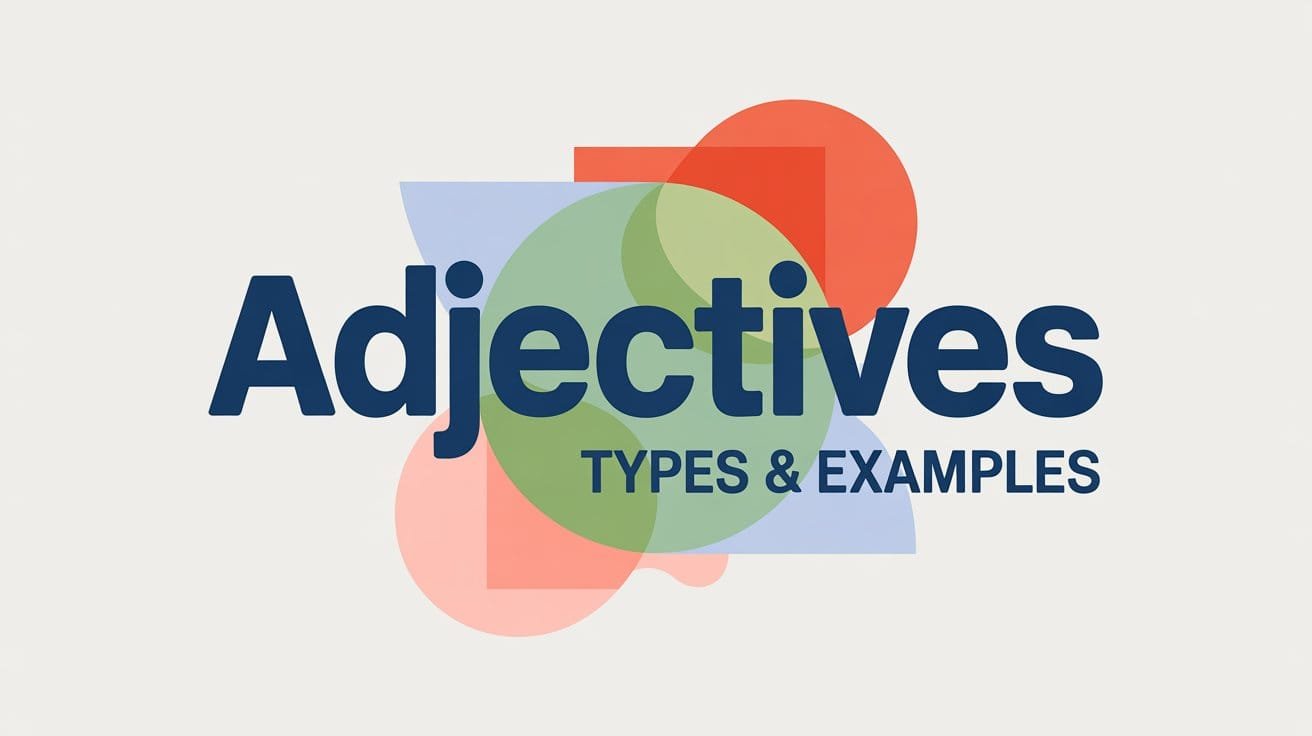Adjectives of purpose describe what a noun is used for or intended to do. They answer the question “What is it used for?” and help explain an object’s function or role.
These adjectives often come from nouns but are used to describe another noun. They are usually placed before the noun they modify and are part of a larger group of descriptive adjectives that add clarity to writing.
Examples:
- She packed everything into a large storage box.
- He uses a sleeping bag when they camp outdoors.
- They opened a training center for new employees.
These adjectives are helpful in both written and spoken English to explain the use or function of a thing, tool, or space.
How to Identify Adjectives of Purpose
Adjectives of purpose often look like nouns or verb forms but function as adjectives. One way to recognize them is to ask: Does this word tell what the noun is used for?
They usually:
- Appear before the noun they modify.
- Do not change the form to match plural nouns.
- Are often derived from nouns or gerunds (verb + -ing used as adjectives).
Examples:
- The washing machine is making a strange noise. (used for washing)
- He sharpened a cutting tool to prepare the wood. (used for cutting)
- We attended a marketing seminar last Friday. (used for marketing)
You can test if a word is functioning as an adjective of purpose by inserting “used for” before the noun phrase:
✅ A sleeping bag → a bag used for sleeping
✅ A shopping cart → a cart used for shopping
These adjectives are especially common in professional, instructional, or technical contexts.
List of 50 Adjectives of Purpose in English
| sleeping | shopping | cooking | cleaning | training |
| gardening | writing | reading | running | walking |
| cutting | serving | washing | traveling | working |
| fishing | hunting | bathing | changing | camping |
| filming | learning | recording | printing | testing |
| studying | playing | drawing | measuring | storage |
| sewing | baking | climbing | charging | painting |
| decorating | editing | filing | posting | packaging |
| hosting | broadcasting | advertising | sheltering | protecting |
| monitoring | tracking | investigating | publishing | repairing |
Examples of Adjectives of Purpose in Sentences
He crawled into a sleeping bag as the temperature dropped.
She pushed a shopping cart filled with groceries.
They brought a cooking pot for the outdoor fire.
I need a new cleaning brush for the tiles.
He attended a training session on workplace safety.
She wore gardening gloves to pull out the weeds.
He carried a writing pad to jot down notes.
The library has a cozy reading corner for children.
They opened a new running track behind the school.
I bought walking shoes for our trip to the mountains.
The kitchen drawer had a cutting board and knives.
He handed me a serving spoon for the rice.
We loaded the clothes into the washing machine.
She packed a traveling pouch with all the essentials.
He installed a working light in the garage.
The cabin has a small fishing dock by the lake.
He brought a hunting knife for the trip.
She kept changing pads in the baby bag.
We set up a camping tent near the woods.
FAQs About Adjectives of Purpose
What is an adjective of purpose?
It’s a word that describes what something is used for. These adjectives often come from nouns or verbs and explain the function of the noun they modify.
Example: A washing machine → a machine used for washing
Are adjectives of purpose always ending in -ing?
Most are, especially when derived from verbs (sleeping bag, cleaning cloth), but some come directly from nouns (storage box, training session).
Do adjectives of purpose change with number or gender?
No. They stay the same regardless of whether the noun is singular or plural.
Example: One training session, several training sessions
How can I tell if it’s a purpose adjective or a noun?
If it comes before a noun and describes what it’s used for, it’s acting as an adjective.
Example: A traveling bag (used for travel) vs. Traveling is tiring (noun)



